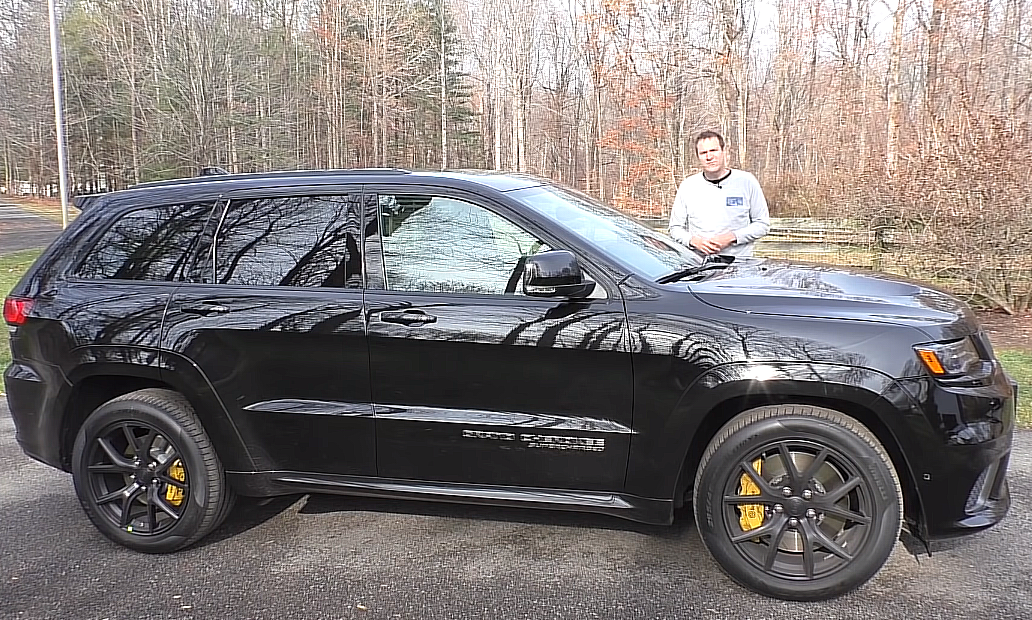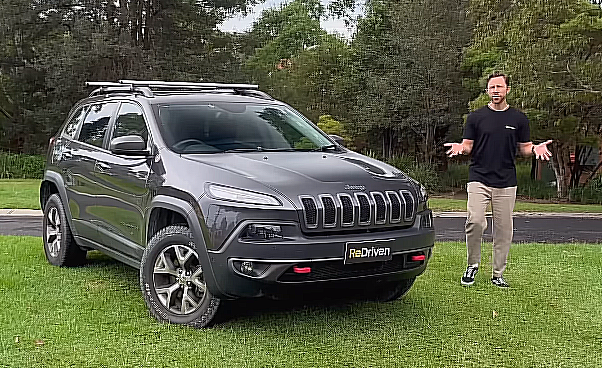The Cherokee’s facelift isn’t just a cosmetic exercise; it also brings an all-new engine and other tweaks. The result is an SUV that’s more competitive with rivals in the compact SUV class. With the V6 gone, buyers can opt for a more efficient 2.0-liter four-cylinder with 270 horsepower or a stronger 3.2-liter Pentastar V6 that offers an impressive 4,500-pound towing rating.
Regardless of the powertrain you choose, the Cherokee is a fun and capable vehicle. We found it to be agile on pavement, with precise steering and a compliant ride quality. It’s also quite capable off-road, thanks to standard front and rear-wheel drive and a host of available driving modes that adjust ride height, throttle response, and shift points depending on the terrain. It’s an excellent choice for a small SUV that’s equally at home on the pavement or the trail.
One of the biggest changes to the Cherokee this year is the arrival of a new 2.0-liter turbo four-cylinder engine that provides 270 horsepower and more torque than the V6. It’s a welcome addition to Chrysler Group vehicles, which have been plagued with underpowered 4-cylinder engines since DaimlerChrysler was penny wise and pound foolish in developing an uncompetitive family of bargain-basement engines more than a decade ago. The turbo also gets the best fuel economy in Cherokee history, delivering up to 29 mpg-US (8.1 L/100 km; 35 mpg-imp) combined.
The rest of the Cherokee lineup is largely unchanged, though some trim levels get improved seat fabrics and all trims receive a fourth-generation UConnect infotainment system with more sophisticated graphics. The U Connect 4 7.0BT radio is now the standard system in all Cherokees, while the top-of-the-line U Connect 4C 8.4 system adds navigation and SiriusXM Guardian service for six months or one year depending on the model.
Inside, the Cherokee still doesn’t stand out in a segment that includes the Ford Escape and Chevrolet Equinox. But the sharper bezels surrounding various dash and door components, as well as the fourth-generation UConnect’s more upscale graphics, help elevate its game a bit in a side-by-side comparison with those competitors.
We found the Jeep’s cockpit to be ergonomically well-designed, with a straightforward layout and user-friendly controls. A round tachometer and speedometer flank a digital driver information display on the console, and the steering wheel has a modified 3-spoke arrangement with control buttons in familiar positions on either side of the Jeep-emblazoned horn button.
A variety of driver aids are standard, including blind-spot warning and lane keeping assist. An optional adaptive cruise control and forward collision warning with automatic braking are also available. The Cherokee’s back seats fold flat to expand cargo capacity to 27.6 cubic feet. With them in place, the Cherokee has one of the smallest trunks in this segment.








